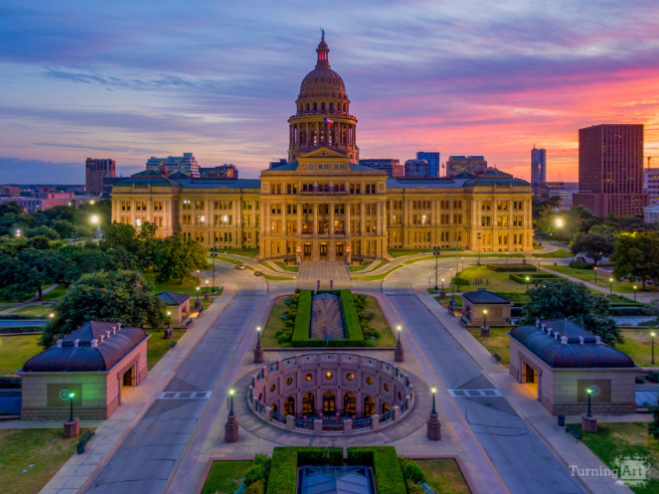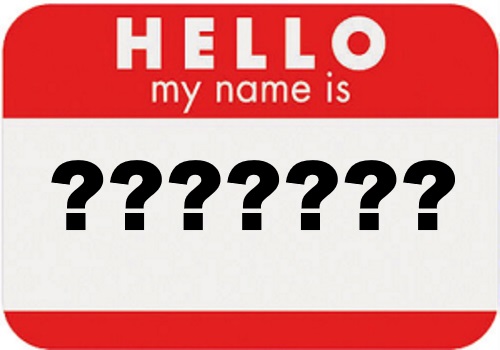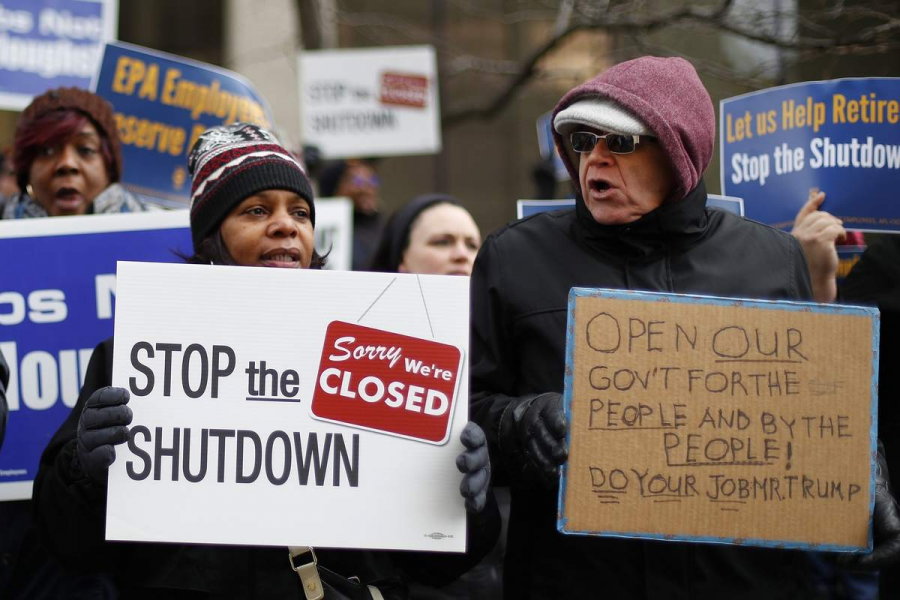How The Government Shutdown
Drama behind record breaking shutdown and why it’s still not open.
Courtesy of the Associated Press
People rally to call for an end to the partial government shutdown in Detroit, Thursday, Jan. 10, 2019.
The partial government shutdown currently affecting 25% of the United States government is in its 27th day. With 800,000 government employees not getting paid it is the longest shutdown of the government in US history.
How a government shutdown happens.
The Constitution makes Congress responsible for passing an annual budget for the government. It gives the president the responsibility to sign or veto that budget.
If a budget is to be sent to the president, the same bill must be passed in both the House of Representatives and Senate. In the House of Representatives, only a majority of votes is required for a bill to pass. 60 of the 100 members of the Senate, on the other hand, must approve the bill.
If Congress cannot agree to pass a budget or the president has not approved a budget by the time funding runs out, there becomes a gap in funding, and the government is shut down.
The government remains shut down until a budget is passed in Congress and signed by the president.
During a shutdown, federal agencies cease all operations not deemed essential. Any nonessential employees are put on unpaid leave, and essential employees must still work without being paid.
Timeline and causes of the current government shutdown.
The current government shutdown didn’t happen overnight. There have been weeks of drama between Congress and the president that led up to it.
December 11. President Donald Trump met with Nancy Pelosi (D-CA) and Chuck Schumer (D-NY) the democratic leaders in the House and Senate in the oval office to discuss the budget. He told the leaders, “If we don’t have border security, we’ll shut down the government. This country needs border security.”
December 19. The Republican-controlled Senate secured enough democratic votes to pass a bill that would fund the government till Friday, February 8, 2019 and would have provided $1.6 billion in funding for border security.
December 20. President Trump told reporters outside the White House, “I’ve made my position very clear. Any measure that funds the government must include border security.” If more money for a border wall was not provided, President Trump would veto the budget.
December 20. The then Republican controlled house of representatives passed a different budget that provided the $5.6 billion for a border wall. This bill would not be able to receive 60 votes in the Senate. President Trump writes :Thank you to our GREAT Republican Members of Congress for your VOTE to fund Border Security and the Wall”.
Thank you to our GREAT Republican Members of Congress for your VOTE to fund Border Security and the Wall. The final numbers were 217-185 and many have said that the enthusiasm was greater than they have ever seen before. So proud of you all. Now on to the Senate!
— Donald J. Trump (@realDonaldTrump) December 21, 2018
With no budget making it through both houses, CNN reported representatives and senators went home for the holidays and the government shutdown on December 22.
January 3. A new was Congress is sworn in. Democrats took control of the House of Representatives while Republicans kept control of the Senate. Not having enough votes however to reach the 60 votes needed to pass a budget without democrats.
January 3. The House of Representatives passed a new budget which was very similar to the bill passed by the Senate on December 19.
However, the Senate has not voted on any budgets since returning. Senate majority leader Mitch McConnell (R-KY) has blocked attempts to vote on a budget.
Sen. McConnell explained to CNN why he is not playing a role in the drama. “Ultimately the solution to this is a deal between the president and Nancy and Chuck because we need some of Chuck’s votes, and obviously, we need Nancy’s support,” he said, referring to the now Speaker of The House, Nancy Pelosi , and Senate Minority Leader Chuck Schumer.
January 4. President Trump tells the democratic leaders he’d “keep the government closed for a very long period of time, months or even years.” and tells reporters “We can call a national emergency and build it very quickly,” referring to declaring a national emergency that gives the president unilateral powers , however this would quickly be challenged in court.
January 8. President Trump addressed the nation to advocate for his border wall, and the Democratic congressional leaders gave a response. However, there was no change.
January 11. Federal Missed their First Paycheck.
January 12. Government shutdown becomes longest in US history.
What Is Next?
There truly is no end in sight for this government shutdown, with neither side facing pressure to give in on the others demands. The president’s most famous campaign promise was to build a wall at our southern border. While many house democrats campaigned on not providing funding for it.
Sen Schumer and Speaker Pelosi returned to the White House on January 9 for a meeting with the president. That meeting can sum up how the entire shutdown has gone in Washington.
The president asked the congressional leaders if they would provide money for a border wall if he opened the government. When they said no, according to his twitter, the president said, “Bye-bye, nothing else works!” and left.
Just left a meeting with Chuck and Nancy, a total waste of time. I asked what is going to happen in 30 days if I quickly open things up, are you going to approve Border Security which includes a Wall or Steel Barrier? Nancy said, NO. I said bye-bye, nothing else works!
— Donald J. Trump (@realDonaldTrump) January 9, 2019































